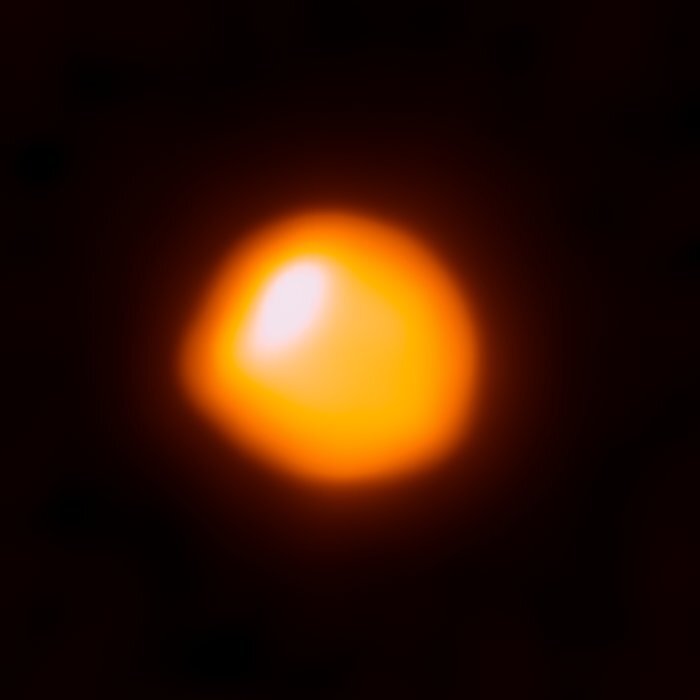
Betelgeuse has been the center of significant media attention lately. The red supergiant is nearing the end of its life, and when a star over 10 times the mass of the Sun dies, it goes out in spectacular fashion. With its brightness recently dipping to the lowest point in the last hundred years, many space enthusiasts are excited that Betelgeuse may soon go supernova, exploding in a dazzling display that could be visible even in daylight.
While the famous star in Orion’s shoulder will likely meet its demise within the next million years—practically couple days in cosmic time—scientists maintain that its dimming is due to th...
Read More







Recent Comments